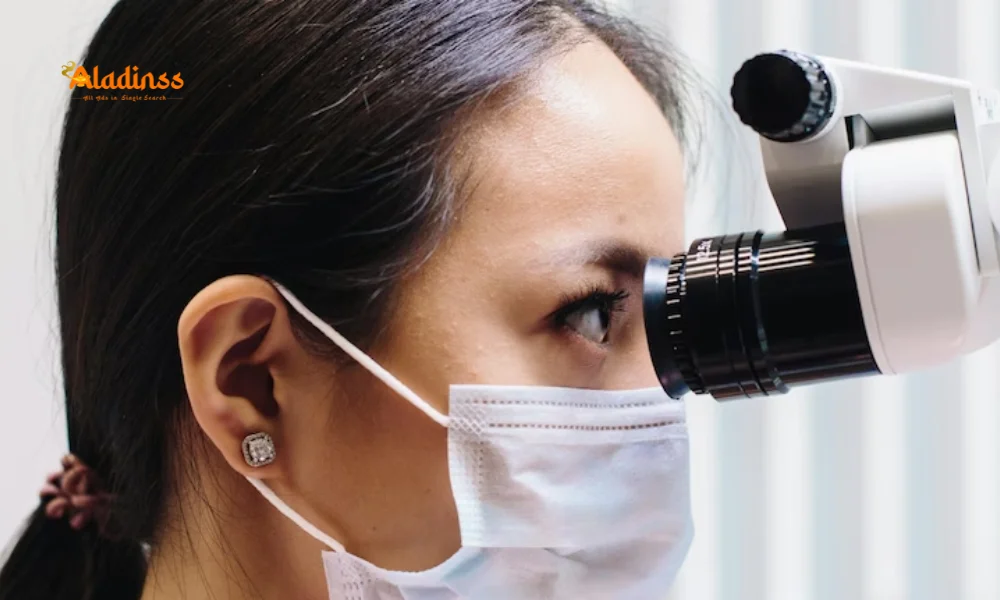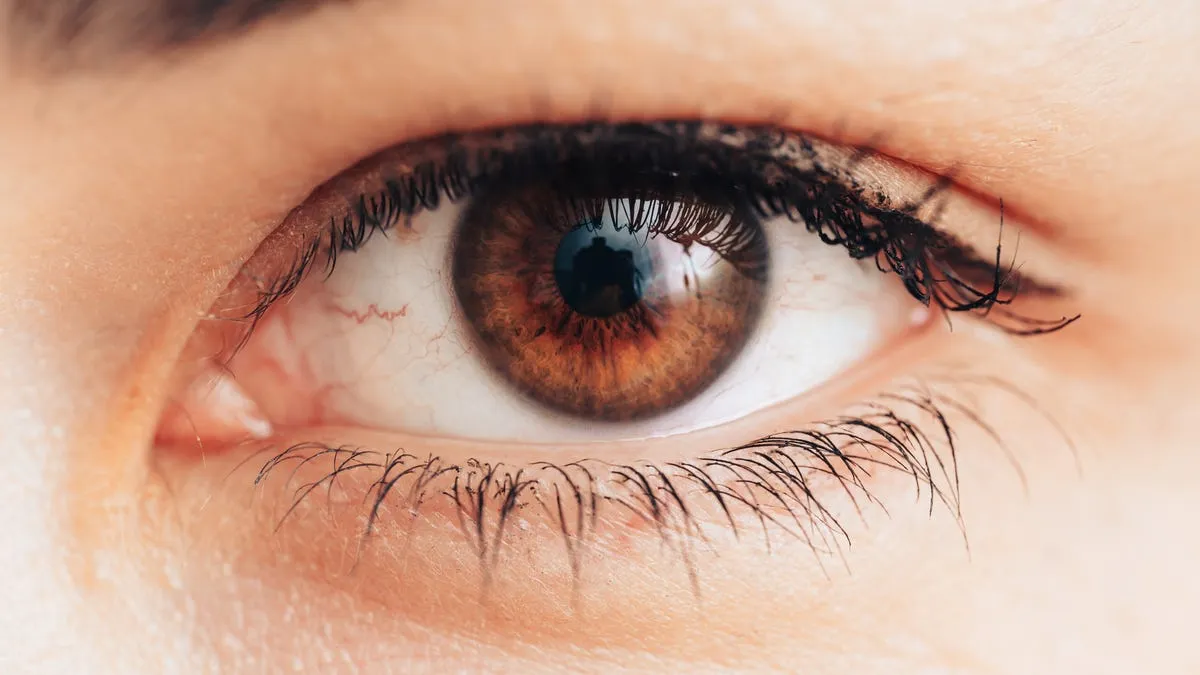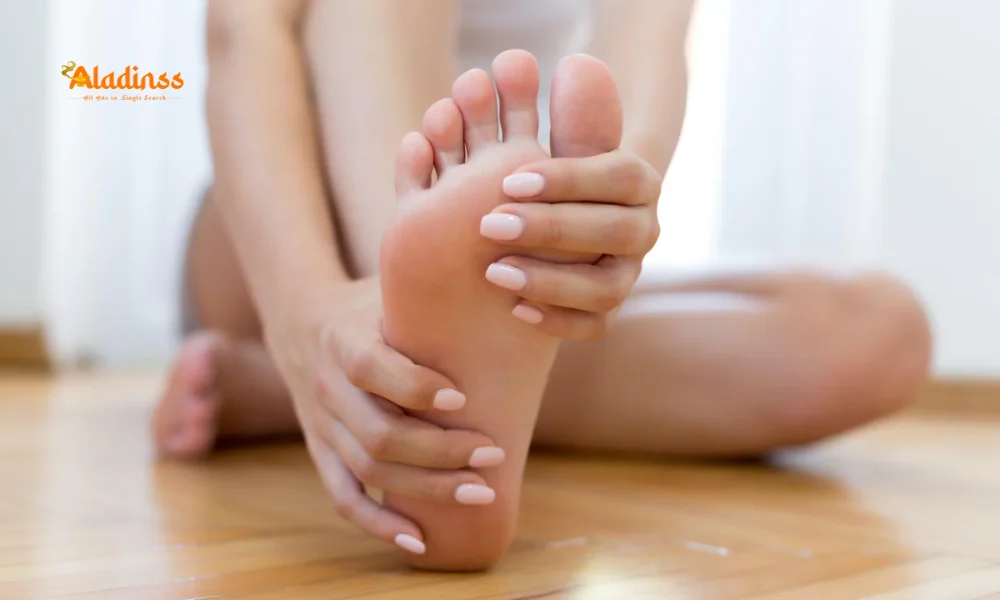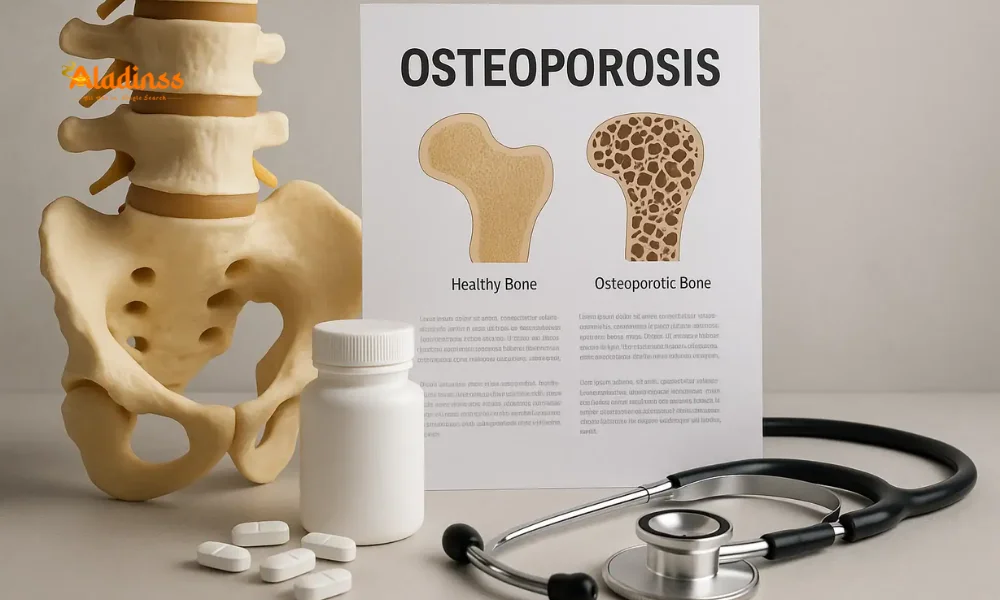Protect Vision: Lifestyle Changes for 2025

Protect Your Vision: Lifestyle Changes for Sharp Eyesight in 2025

As you age, maintaining sharp eyesight becomes a priority, and your daily habits play a pivotal role. Many unknowingly engage in practices that harm their vision, from excessive screen time to neglecting routine eye exams. While genetics influence eye health, adopting vision-protecting lifestyle changes can significantly slow age-related decline. Simple adjustments like eating nutrient-rich foods, staying active, and shielding eyes from UV rays can preserve clarity and prevent conditions like glaucoma and age-related macular degeneration (AMD). In 2025, proactive steps are key to keeping your eyes healthy and vibrant.
Eye health is intricately linked to overall wellness. Poor diet, lack of exercise, and insufficient sleep can exacerbate risks of vision loss, while modern challenges like digital strain add new threats. By integrating practical habits, you can safeguard your eyesight and enjoy clear vision well into your later years.
This guide outlines essential lifestyle changes to protect your vision, backed by expert insights and the latest research, empowering you to take control of your eye health today.
Routine Eye Exams: Catching Problems Early
Regular eye exams are the cornerstone of vision preservation. Conditions like glaucoma and AMD often develop without noticeable symptoms, making early detection critical. The American Academy of Ophthalmology recommends annual comprehensive eye exams for adults over 40, as these can identify issues before they lead to irreversible vision loss. Tests like tonometry for glaucoma or retinal imaging for AMD allow optometrists to intervene early with treatments like eye drops or laser therapy.
A 2024 study in *Ophthalmology* found that 60% of glaucoma cases in patients over 50 were detected during routine screenings, underscoring their value. For those with risk factors-diabetes, hypertension, or family history-exams every 6-12 months are advised. Early intervention can reduce vision loss risk by up to 95% for glaucoma, per the National Eye Institute.
Scheduling exams with a licensed optometrist ensures personalized care, with tools like optical coherence tomography (OCT) providing detailed retinal scans. Don’t wait for blurred vision or eye pain-proactive checks are your first defense.
Nutrient-Rich Diet: Foods That Protect Vision
What you eat directly impacts your eyes. Diets rich in antioxidants, vitamins, and omega-3 fatty acids can shield against oxidative damage that accelerates aging. Foods high in vitamin A, C, E, zinc, and omega-3s are particularly beneficial, supporting retinal health and reducing risks of cataracts and AMD.
Leafy greens like spinach and kale, packed with lutein and zeaxanthin, filter harmful blue light and reduce AMD risk by 25%, per a 2025 *Journal of Nutrition* study. Fatty fish like salmon and mackerel, rich in omega-3s, support tear production, combating dry eyes. Carrots, sweet potatoes, and bell peppers provide beta-carotene, essential for night vision.
- Leafy Greens: Spinach, kale, collards for lutein and zeaxanthin.
- Fatty Fish: Salmon, tuna, sardines for omega-3 fatty acids.
- Colorful Produce: Carrots, bell peppers, oranges for vitamins A and C.
- Nuts and Seeds: Almonds, sunflower seeds for vitamin E and zinc.
A balanced diet, low in processed sugars, also helps manage blood sugar, reducing diabetic retinopathy risk by 30%, according to the CDC. Incorporate these foods daily for long-term eye health.
Shielding Eyes from UV Rays
Ultraviolet (UV) rays pose a significant threat to eye health, accelerating cataracts and macular degeneration. Prolonged exposure damages the retina and cornea, with a 2024 *Environmental Health Perspectives* study linking UV exposure to a 20% higher cataract risk. Wearing sunglasses with 100% UVA/UVB protection is a simple yet effective shield.
Choose wraparound or polarized lenses for maximum coverage, especially during outdoor activities like hiking or driving. Wide-brimmed hats add extra protection, reducing UV exposure by 50%. For those in sunny regions, UV-blocking contact lenses are an emerging option, per the American Optometric Association.
In 2025, smart sunglasses with auto-tinting features are gaining traction, adapting to light conditions. Apply these measures consistently, even on cloudy days, as UV rays penetrate clouds.
Physical Activity: Boosting Eye Circulation
Exercise isn’t just for your heart-it’s a boon for your eyes. Physical activity enhances blood flow to the optic nerve and retina, delivering oxygen and nutrients that maintain vision. A 2025 *British Journal of Ophthalmology* study found that 150 minutes of weekly moderate exercise-like brisk walking or cycling-cuts glaucoma risk by 30%.
Regular movement also regulates blood pressure, cholesterol, and blood sugar, key culprits in diabetic retinopathy and vascular eye diseases. Activities like yoga or swimming are low-impact options, ideal for seniors. Even 20-minute daily walks can lower intraocular pressure, a glaucoma precursor, by 15%, per the Glaucoma Research Foundation.
Incorporate exercise into your routine, aiming for consistency. Outdoor workouts, paired with UV-protective gear, maximize benefits while safeguarding eyes.
Reducing Screen Time and Eye Strain
Digital screens are a modern reality, but prolonged exposure strains eyes, causing digital eye strain or computer vision syndrome. Symptoms include dryness, blurred vision, and headaches, affecting 70% of adults who use screens over 6 hours daily, per a 2025 Vision Council report. Poor lighting exacerbates the issue, increasing strain by 25%.
Follow the 20-20-20 rule: Every 20 minutes, look 20 feet away for 20 seconds. Adjust screen brightness to match ambient light and use anti-glare filters. Blue light glasses, popular in 2025, reduce melatonin disruption, aiding sleep and eye comfort. Ensure ergonomic setups-screens 20-30 inches from eyes-and practice eye exercises like blinking rapidly or palming to relieve tension.
Limiting recreational screen time, especially before bed, preserves circadian rhythms, indirectly supporting eye health. These steps are vital for tech-heavy lifestyles.
Hydration and Sleep: Essential for Eye Health
Dry eyes and fatigue are early signs of dehydration and poor sleep, both linked to accelerated vision decline. The eyes rely on hydration to maintain tear film, preventing irritation and infections. A 2024 *Journal of Clinical Medicine* study found that drinking 8-10 glasses of water daily reduces dry eye symptoms by 40%.
Sleep, critical for eye repair, allows the cornea to regenerate. Chronic sleep deprivation-less than 6 hours nightly-increases dry eye risk by 30% and worsens AMD symptoms. Aim for 7-8 hours of quality sleep, maintaining a consistent schedule and avoiding caffeine or screens before bed.
Use artificial tears for temporary relief, but prioritize hydration and rest for lasting benefits. These habits combat age-related eye changes effectively.
Long-Term Benefits of Vision-Protecting Habits
Adopting these lifestyle changes yields lasting rewards. Routine exams catch issues early, preserving vision in 90% of treatable cases, per the CDC. Nutrient-rich diets and exercise reduce chronic disease risks, enhancing overall health. UV protection and screen breaks lower cataract and strain risks, while hydration and sleep maintain eye comfort.
In 2025, technology aids compliance: Apps like EyeCareLive track exam schedules, and smart fridges suggest vision-friendly recipes. These habits not only protect eyesight but boost quality of life, reducing healthcare costs-estimated at $140 billion annually for vision issues in the US.
Start today-your eyes will thank you for decades to come with sharper, healthier vision.
Comment / Reply From
No comments yet. Be the first to comment!






